
Thanks must go out to Bridget Riley and her book of interviews and essays for supplying much of the information and insight through which this little piece has developed. I am also perhaps jumping into deep water tackling this particular subject seeing as Tom has devoted much of the last 2 years studying paintings from this era, so don't expect anything too spectacular.
Ok, so it is a slight exaggeration to suggest this was the first work which dealt with painting and its inherent plasticity, you only have to look at Giotto and his forebearers to understand that they were dealing with a series of flattened surfaces inherently plastic in their nature. However if we study Bacchus and Ariadne there are many formal devices which are particularly useful for painters studying their art today, as artists who are acutely aware of paintings falsities, its realities, its strengths and perhaps most importantly its limitations.
The painting is shocking even today, when we are so accustomed to shock as a tactic with which one can briefly capture a viewers attention, so how is this work shocking and how does it endure, even with our saturated senses. The prime reason appears to be the sheer volume of blue, "and what a blue!" Painters from antiquity avoided using such a large proportion of deep blue because it threatens to destabalize the coherence of a piece. Yet Titian uses it with such apparent abandon and he doesn't attempt to integrate the blue with hues of similar intensity, which would be the choice taken by many lesser painters. Apart from some of the reds the rest of the tints are incredibly soft. Titian ties the blue to the rest of the image by the force of his narrative and the dramatic interaction between the characters, in fact he uses the overpowering nature of the blue as the kick-start to the whole story and it is perhaps apt that something as abstract as the colour of the sky is the beginning to this particular narrative, which takes place over the matter of instants. A pace which compliments the explosive, exhuberence of the story unfolding.
Titian is often known as the most Shakesperean of painters, so much attention to detail is placed on the subtleties that underscore the individuals humanistic behaviour, however, i think it is safe to assume that Bacchus... is not one of the paintings where sublety takes precedence, the characters appear more like actors on a stage, precisely because they are working to win over the viewers attention from the saturating blue, which in turn is flattening the space and creating a staged effect. The combined effort of the characters produces explosive diagonals, from the blue through Bacchus to the man wrestling snakes, and again an opposing diagonal using bacchus with his red cloak to point the way towards Ariadne with her red scarf, who seems to exist in a space all of her own, in realtive calm away from the troup on the right.


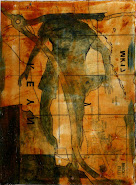

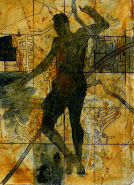

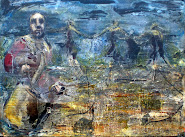

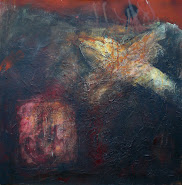

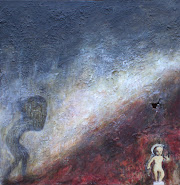

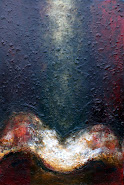

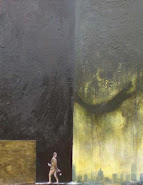



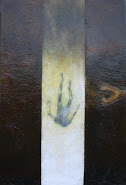





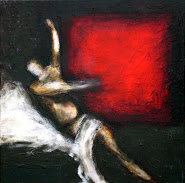


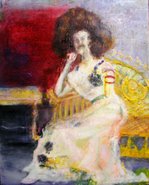
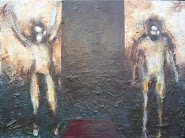


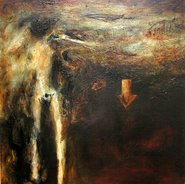
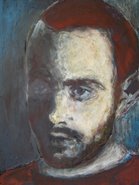
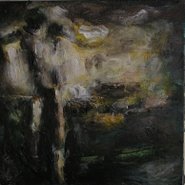
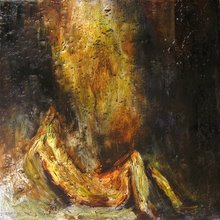
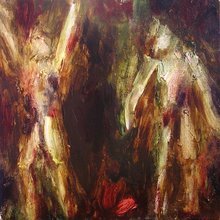
No comments:
Post a Comment